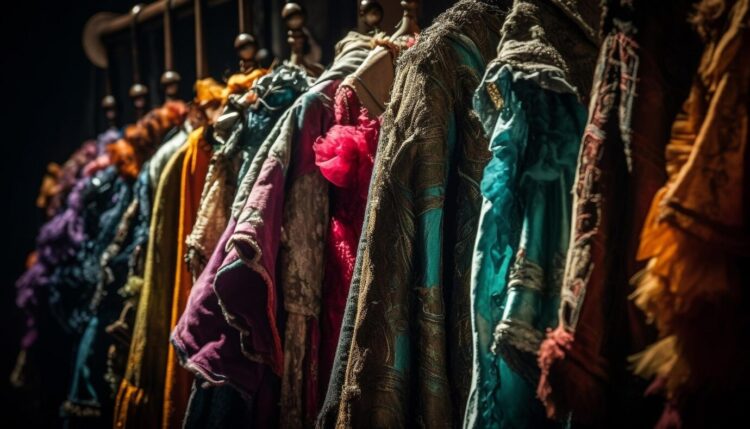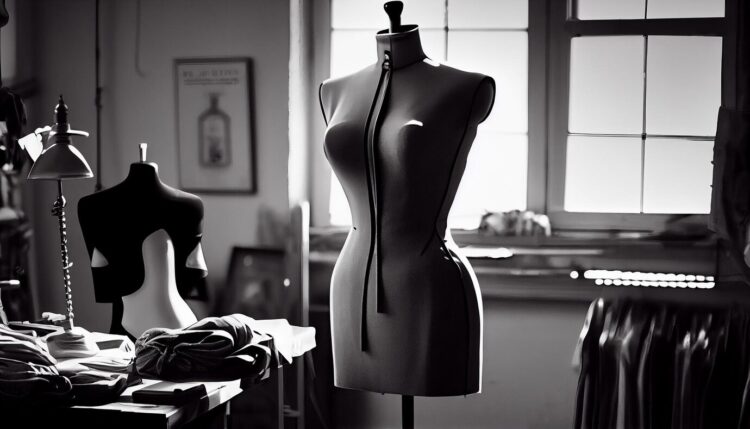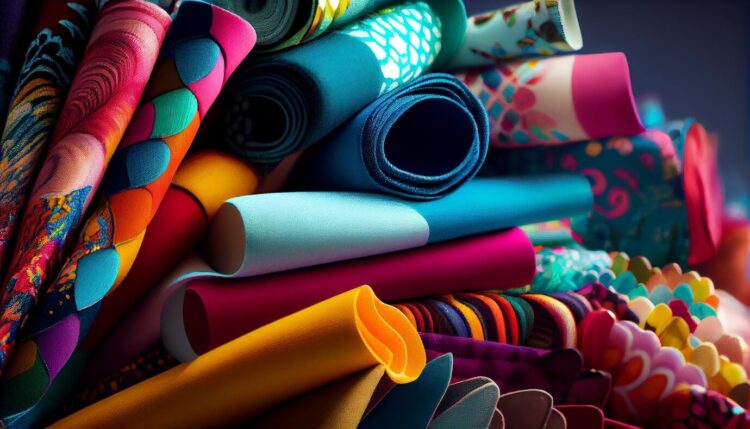Clothes from your brand should make a lasting impression on buyers. To keep ahead of the competition, fashion analysts must consider customer behavior as well as the present status of the market for fashion services, goods, and emerging styles.
In order to produce reliable findings, fashion trend forecasting in the industry requires an objective observation of the newest fashion innovations. A crucial component of fashion trend analysis involves modifying current inventory. In creating trends, unique clothing items that are ahead of their time and very expensive for average people will lead, while other fashion houses make more affordable and suitable versions for all customers.

A trend is a short-term tendency in fashion development and the most common, widely recognized clothing style at the moment. Although following trends might be costly, paying attention to them is important. Quality is in front of the curve. Use current colors or stylish details to refresh your wardrobe. When buying clothes, one should pay close attention to ecological and sustainable fashion lines and carefully consider the materials’ composition – a step that many consumers do but often overlook.
The process of globalization has led to abrupt and rapid changes in the fashion sector. The advent of mass media, cyber technology, globalization, and the growth of internet commerce all contribute to the fast fashion phenomenon. The manner and location of manufacturing, seller purchasing and marketing strategies, and customer clothing consumption and storage patterns have all changed. The fashion industry’s goods are becoming more widely available, varied, and affordable. Fast fashion has made it possible to streamline the supply chain, while globalization has made it easier to access cheap labor and overseas markets. Fast fashion has, however, had a lot of drawbacks, particularly when it comes to environmental and human health issues.
New fashion trends and production methods have generally resulted from the fashion industry’s quick evolution. Globalization has caused changes in the fashion industry as consumers’ goals and points of view have shifted to prioritize product comfort, affordability, and price.

Up until the 1980s, tailored cuts and the use of pricey, quality fabrics were characteristics of attire worn by members of upper class society. Due to class divisions, societies became more socioeconomically divided, with high, middle, and low class societies based on clothing styles. On the other hand, as a result of the Internet and electronic media’s development, the fashion industry’s former standards have grown in the context of globalization. Technology advancements in print and electronic mass media have led to the emergence of new reporting techniques on fashion magazines, trends, and features.
Fast fashion is presently executed through the creation of ready-to-wear clothing, as opposed to the costly materials used in the past to make custom clothing. The entire cycle of fast fashion manufacture, from concept development to facility shelves, often takes two weeks.

Any social class can afford the modern costs that keep up with the newest fashion trends in the modern world. As retailers now introduce new trends, consumers often update their wardrobes to incorporate the latest purchases, giving fast fashion its cyclical nature. When fast fashion supplanted high fashion across socioeconomic groups, this cycle took new turns in tandem with the growth of globalization, giving rise to a new culture of consumer choice and purchasing behaviors.
Over time, the practice referred to as “grabbing” discounts has changed along with fashion trends. This technique, which determines the best days to shop, is mostly used by obsessive shoppers and fashion trend enthusiasts. Customers get more brand loyal as a result of this trend, which influences their propensity to keep up with every fashion advancement.
On the other side, fast fashion has supplanted antiquated and conventional clothing styles with unique designs for distinctive model concepts.

In a short period of time, a significant stock of clothing is produced, which has three possible outcomes: items that are in style will either be sold, rejected, or sold and promptly thrown away. This makes the problem with the green economy worse. Stores in both economically developed and developing countries send back returned goods to the manufacturer. Here, employees from all demographic groups will carry out orders to enact policies that solely highlight the detrimental effects of globalization.

